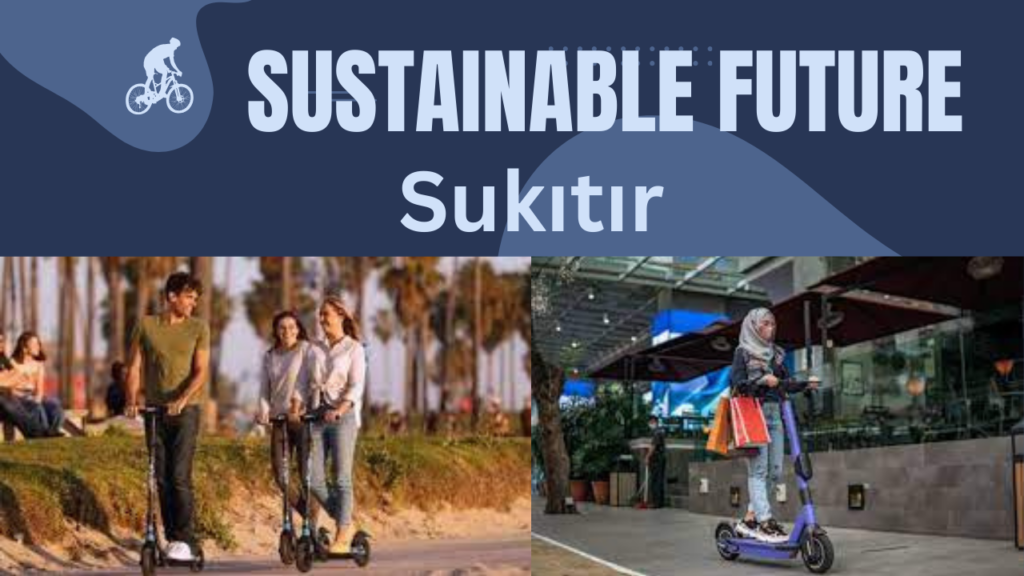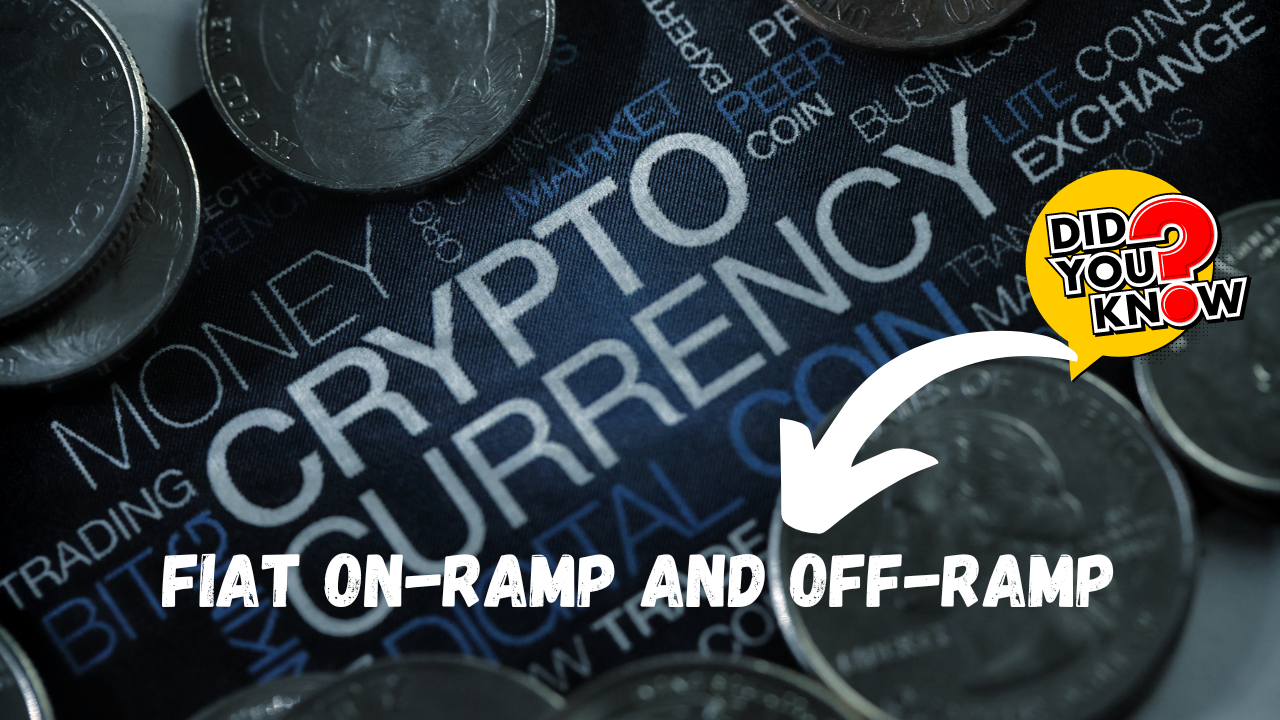Introduction
In an era where environmental consciousness reigns supreme, the demand for sustainable urban mobility has never been more urgent. This guide sets out to demystify the concept of Sukıtır—a term embodying a commitment to eco-friendly transportation that transcends mere rhetoric. As traditional transportation methods take an environmental toll, emerge as a paradigm shift towards eco-conscious urban mobility. This all-encompassing guide explores the ascent of sustainable transportation, from electric vehicles to the reimagining of public transport systems, shedding light on the pivotal roles of technology and infrastructure in forging a greener path.
Living Green in Urban Spaces: The Need for Sukıtır
In a world prioritising environmental well-being, urban dwellers must rethink their transportation choices. The linchpin of our journey, symbolises a novel, eco-friendly approach to urban mobility. This guide systematically breaks down the fundamentals, offering practical tips and insights to transform city travel into more sustainable endeavours.
Sukıtır and Its Significance
Rethinking Traditional Transportation: Conventional transportation modes like cars and buses pose significant environmental challenges. Emerges as a transformative solution, aiming to revolutionise urban mobility and enhance city cleanliness.
Embracing for a Sustainable Future: Globally, cities recognize the importance Through bike-sharing initiatives, electric scooters, and improved public transport, there’s a shift towards more sustainable modes of transportation.
Electric Wheels: Sukıtır Beyond Verbiage
The Surge of Electric Cars: Electric vehicles (EVs) stand as Sukıtır’s heroes, mitigating environmental impact compared to traditional cars. This section explores the allure of electric cars, their environmental benefits, and the challenges they face, including charging infrastructure.
E-Bikes and Electric Scooters: Sukıtır for Short Journeys For short-distance trips, e-bikes and electric scooters serve as reliable companions, offering a small environmental footprint. Explore their advantages and challenges in transforming urban mobility.
Enhanced Public Transportation
Smart Innovations in Public Transport: Elevating public transportation is integral to Sukıtır. This section delves into technological advancements, from intelligent route planning to streamlined payment methods, making buses and trains more efficient and appealing.
High-Speed Trains and Hyperloops: Sukıtır’s Prospective Future
Looking ahead, rapid transportation options like high-speed trains and hyperloops promise to reduce car dependence and lower pollution levels, potentially revolutionising travel.
Sukıtır Infrastructure: Paving the Way to a Sustainable Future
Eco-Friendly Innovations for Roads and Traffic: They extend beyond vehicles to encompass road and traffic systems. This segment explores green traffic lights, solar charging stations, and sustainable road materials, contributing to a holistic and sustainable transportation system.
Urban Planning for Sukıtır: To enable it, cities must proactively plan for its integration. This section discusses creating pedestrian-friendly spaces, implementing bike lanes, and designing cities to be more conducive. It emphasises that is not solely about vehicles but encompasses the entire urban layout.
Technological Enchantment in Sukıtır
Apps Facilitating Sukıtır: Smartphones become powerful tools with a focus on apps aiding in green route planning, eco-friendly transportation choices, and reducing traffic congestion.
AI Revolutionising Traffic Management: Artificial Intelligence (AI) emerges as a catalyst behind the scenes, facilitating smoother traffic flow and minimising congestion. Learn how AI is transforming urban mobility for enhanced efficiency and eco-friendliness.
Challenges: Regulatory Framework and Education
Government Regulations for Sukıtır: Governments play a pivotal role in facilitating this great initiative. This section examines successful regulations worldwide that support eco-friendly transportation.
Collective Awareness and Participation: The guide concludes by emphasising that for Sukıtır to thrive, collective efforts are essential. From educating oneself to spreading awareness, creating an eco-friendly culture requires a unified approach.
Conclusion
Sukıtır transcends its linguistic definition, becoming a catalyst for cleaner cities and improved lives. This comprehensive guide underscores that choosing it is not merely an environmental contribution but an enhancement of city journeys—making them more enjoyable and sustainable. So, whether it’s riding an electric scooter, sharing a bike, or opting for an electric bus, let’s Sukıtır our way to a greener future!
FAQs:
- What does the term Sukıtır mean in the context of urban mobility?
- It represents a commitment to eco-friendly transportation that goes beyond rhetoric, encompassing a range of sustainable mobility solutions aimed at reducing the environmental impact of urban travel.
- How are electric vehicles (EVs) considered a part of Sukıtır?
- Electric vehicles, such as electric cars, e-bikes, and electric scooters, are integral. They contribute to lowering environmental impact compared to traditional vehicles, aligning with the guide’s focus on sustainable urban mobility.
- What role does technology play in Sukıtır, especially in public transportation?
- Technology is pivotal in elevating public transportation. Innovations like intelligent route planning, streamlined payment methods, and other smart solutions enhance the efficiency and appeal of buses and trains.
- How does Sukıtır extend beyond vehicles to infrastructure and urban planning?
- Encompasses not only eco-friendly vehicles but also sustainable infrastructure. This includes green traffic lights, solar charging stations, and using environmentally friendly materials in road construction. Urban planning is also crucial, focusing on creating pedestrian-friendly spaces and bike lanes.
- What challenges does Sukıtır face in terms of regulations and collective awareness?
- Unfortunately facing challenges in terms of government regulations, but successful examples worldwide demonstrate the importance of supportive policies. Additionally, the guide emphasizes the need for collective awareness and participation, highlighting that success requires a unified approach from individuals and communities.














